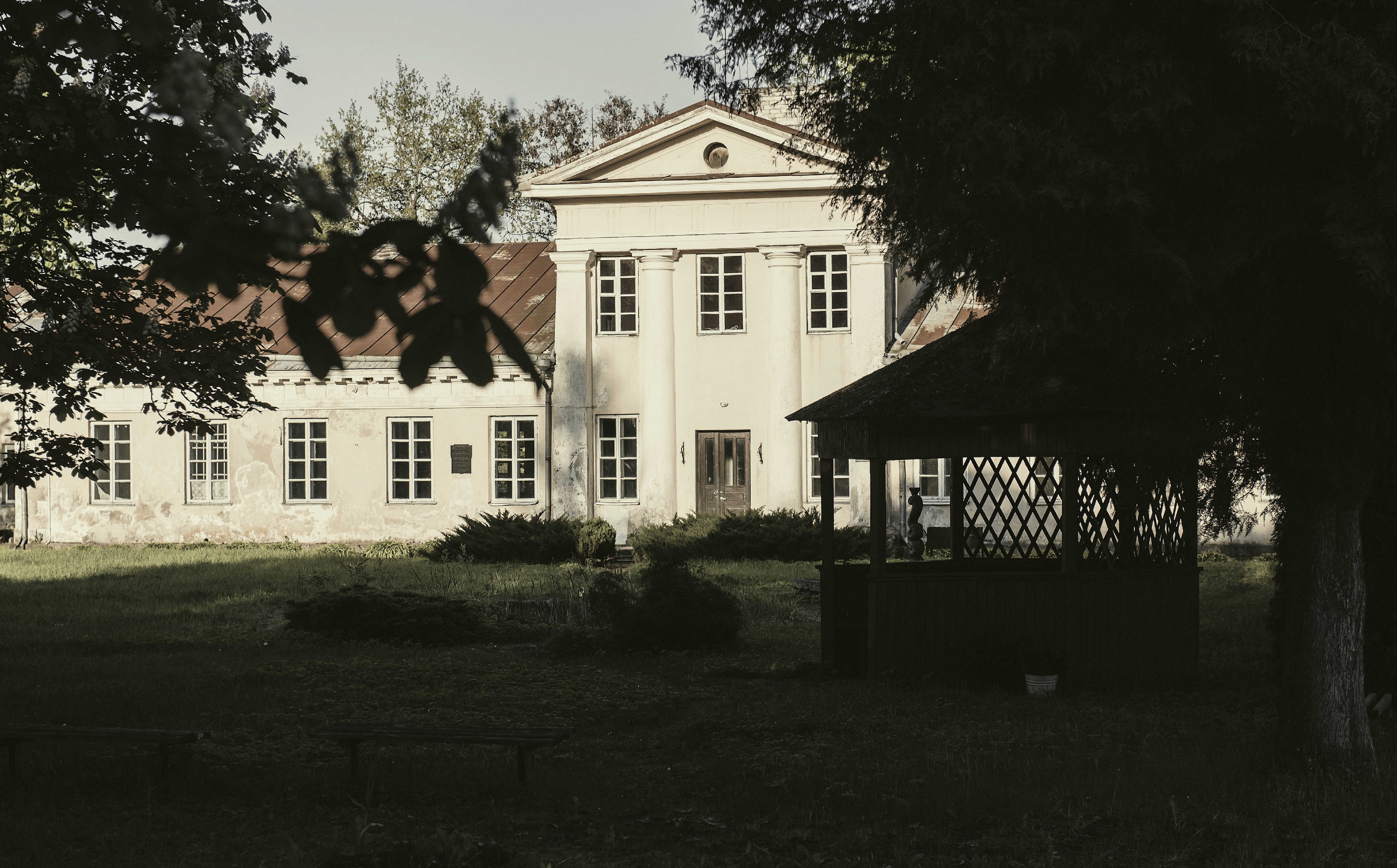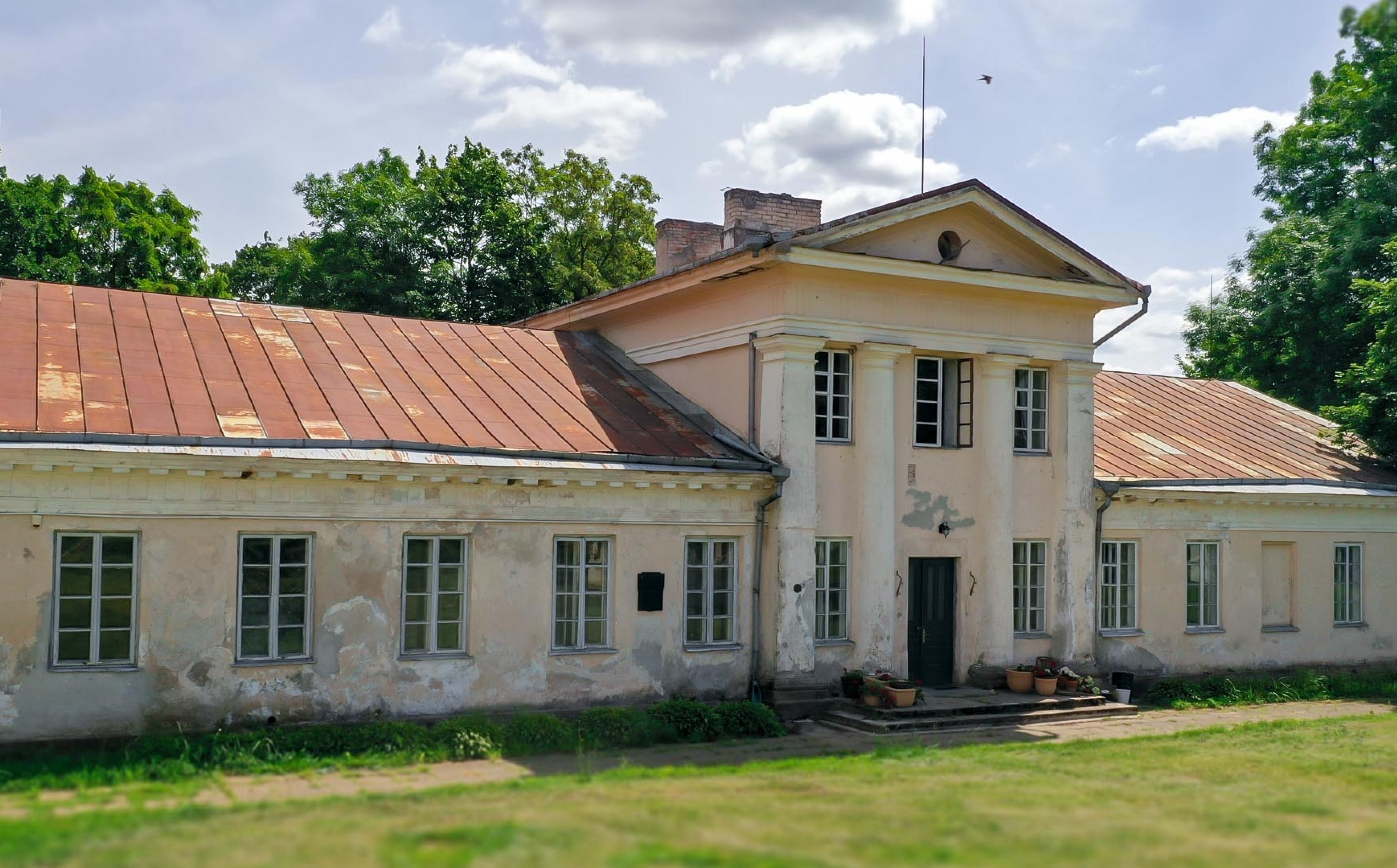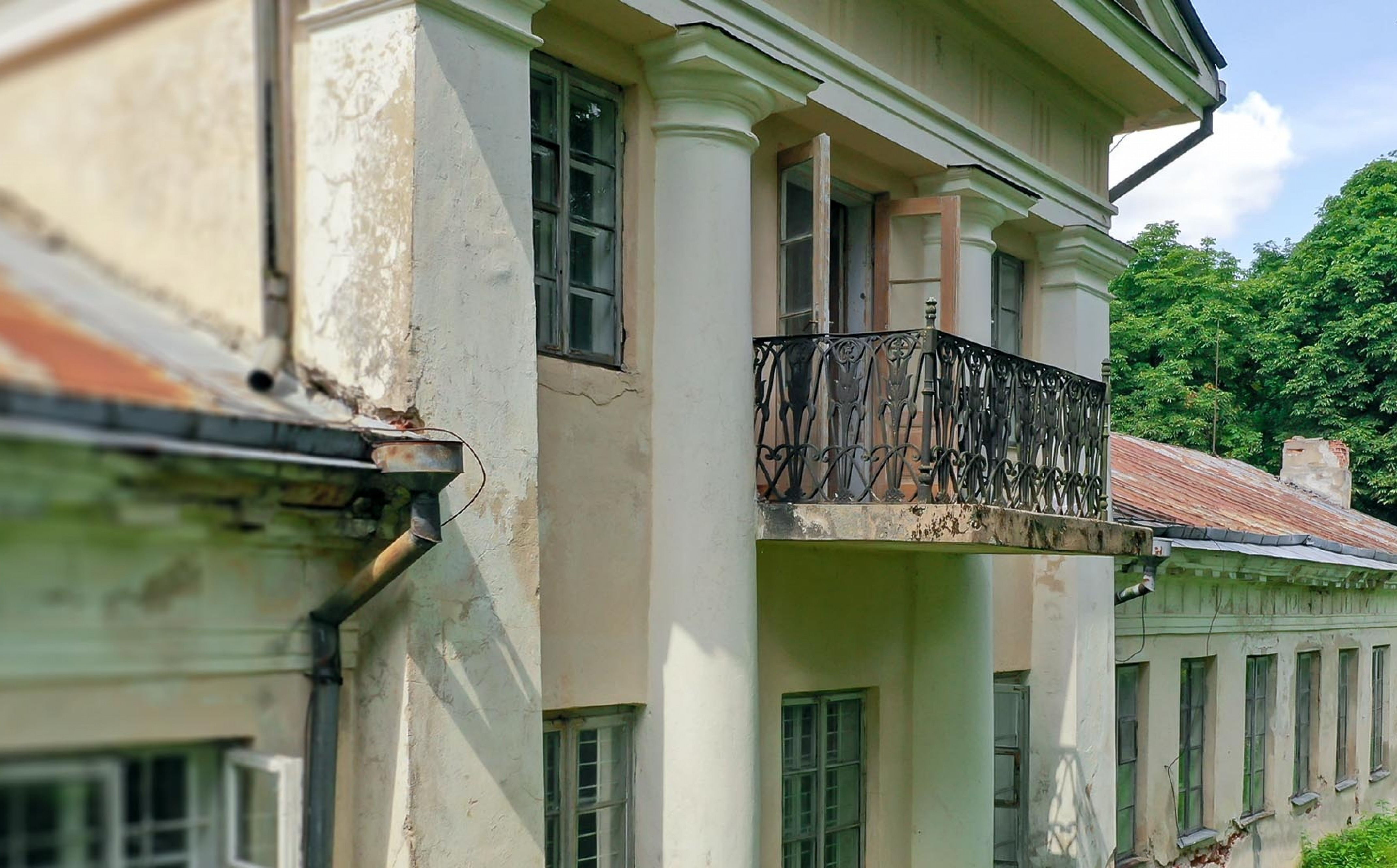Čiobiškis manor
- Home
- Map of Castles and Manors
- Čiobiškis manor
In the 18th century, the manor was owned by the Szwykowscy family and later, until the beginning of the 20th century, it was owned by the Piłsudski family. In the era of the latter, in the 19th century, the construction of brick manor houses started.
Čiobiškis Church
On the site of the former chapel of Čiobiškis Manor, in 1810-1816, a brick church was built, supposedly designed by Laurynas Gucevičius. A portrait of the founder Jan Chryzostom Piłsudski has been preserved at the church.
From the interwar period to the present
During the interwar period, the manor became the property of the restored Lithuanian state. In 1923, a children’s shelter was established here and, after World War II, it housed a boarding school. From 1965 to 2011, there was a home of children with special needs in Čiobiškis Manor.Čiobiškis Manor house at the confluence of the Neris and Musė Rivers, preserved to this day, is believed to have been built according to the project of Laurynas Gucevičius, the pioneer and the most famous representative of Lithuanian Classicism. The one-storey palace with the portico, surrounded by beautiful Lithuanian nature, today, thanks to its hosts, is starting a new life, and the cultural and cognitive life is increasingly lively in the manor’s environment.
In 1721, in the present-day Šilutė, a manor house was established, a palace in the style of late Classicism and Historicism was built, decorated with the décor typical of Klaipėda region. In 1819, Francis Wilhelm Radke became the owner of the manor.


